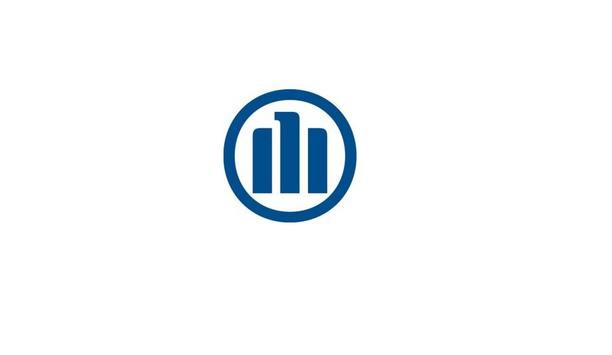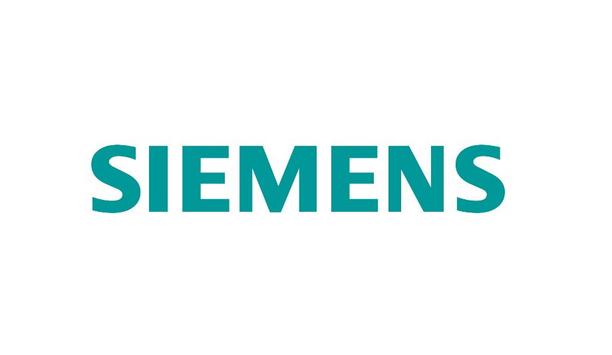As devices get more powerful and compact, optimal thermal management of electronics has been a continuous battle for engineers in nearly every industry. While there are many creative solutions for moving heat away from high-temperature components, such as fans, liquid coolers, heat pipes, and so on, many advances are being made to the components themselves to optimize a system’s thermal performance at the ground level.
To better understand how to optimize components and thermal management systems, this article outlines the main components of thermal performance in electronics and identifies some of the critical parameters that can be manipulated at the component level to optimize system versatility and performance.
Operating Ambient Temperatures
Temperature directly influences the conductive characteristics of materials
When designing an end product like an IoT device, medical tool, or industrial sensor assembly, nearly every component has a maximum ambient operating temperature as a parameter.
This maximum ambient temperature is determined by the manufacturer of that component to ensure that the acceptable performance of the device is met, and its physical characteristics are not compromised.
For example, some switching transistors are capable of switching very high power loads, but if exposed to too high ambient temperatures, they can melt their internal semiconductor junctions. Additionally, temperature directly influences the conductive characteristics of materials and can subsequently hinder or change the performance of a component if the maximum operating temperature is exceeded.
Moving Heat Away from the Source
For devices that have fixed internal power dissipation and ambient temperature thresholds, as is true with most power conversion devices and ICs, the surface temperature of the case is dependent on the internal thermal resistance and the effectiveness of heat transfer to the ambient.
Internal thermal resistance describes how efficiently heat is transferred from the source of the heat to the surface of the device. When most people think of thermal management, however, they think of a component’s effectiveness of heat transfer to ambient – i.e. convection, conduction, and/or radiated paths. Again, these methods are often passive heat exchangers, fans, liquid cooling systems, heat pipes, heat sinks, and so on.

thermally perfect device
System designers must seek to optimize the thermal performance of every critical component
As such, the best way to maintain an acceptable case temperature is to directly influence both the internal thermal resistance of the device and its heat transfer to the ambient environment. A thermally perfect device will have zero thermal resistance and infinite thermal dissipation to the environment.
However, since components are made of real-world materials – each of which has its unique thermal resistance characteristics – and no system can perfectly transfer heat, system designers must seek to optimize the thermal performance of every critical component from the beginning of the design.
fixed Variables
As many designers know, various parameters of the application are often fixed and require the design to be developed to meet these requirements. In some cases, a component’s efficiency, the ambient temperature, and the heat transfer mechanism of the system are variables that are fixed by the end application.
In many cases, the only way to achieve acceptable operating conditions and low case temperatures for a component is to select the component that has an improved internal thermal design with lower internal thermal resistances.
Optimized Internal Thermal Resistance
Both Ψjt and θja are specific resistance parameters that are unique to each component and will differ
Two critical parameters can be examined to represent the overall thermal resistance of a component and the eventual operating temperature of the thermal source and the case temperature - Ψjt and θja.
Both Ψjt and θja are specific resistance parameters that are unique to each component and will differ across a variety of packaging methods. Ψjt is the thermal-characterization parameter that measures multiple-path thermal flow between the source of heat and the package surfaces, while θja symbolizes the straight-line thermal resistance between the source of heat and ambient temperature.
Ψjt is power-dependent, and an increase in a Ψjt at higher power dissipation and higher case temperatures can ultimately hinder the performance of the device. And even if Ψjt is optimized, a high θja resistance value can result in excessive case temperatures and limited ambient operating temperatures.

3D Power Packaging
Many improvements can be made to reduce Ψjt and θja such as materials optimization, manufacturing techniques, and a variety of junction-to-ambient heat transfer methods. One of the more recent advances in thermal resistance reduction is 3D Power Packaging. Using 3D Power Packaging (3DPP) techniques, such as FCOL, embedded ICs, thermal vias, and more, RECOM has succeeded in making significant improvements to the Ψjt and θja values.
By ultimately reducing these values in 3DPP products, increased power performance can be realized without having to limit the ambient temperature of the device. High-power density solutions such as 3DPP products are designed for high-performance, high-efficiency devices without requiring the use of active cooling methods or large passive heat sinks.






